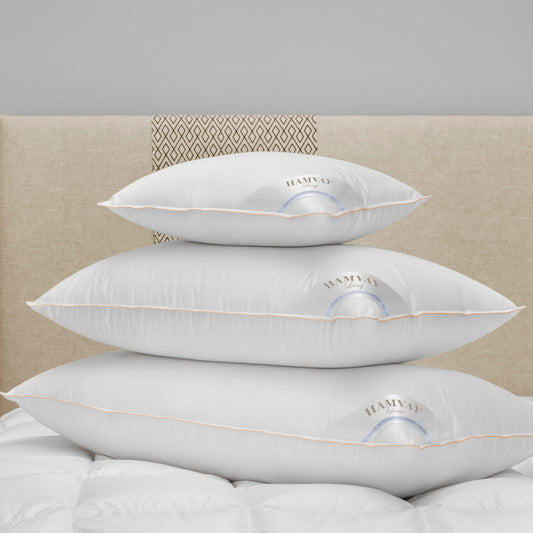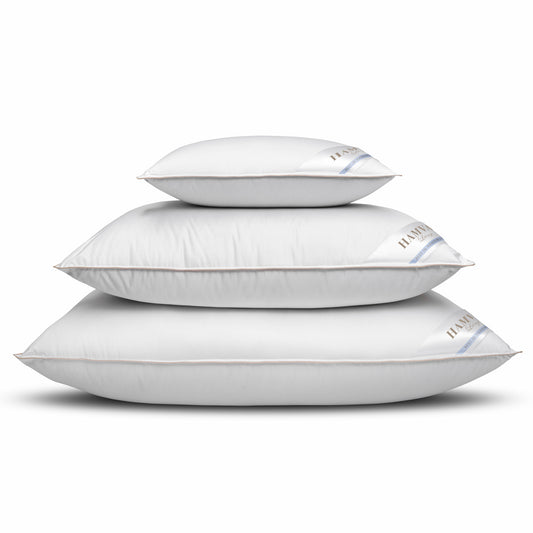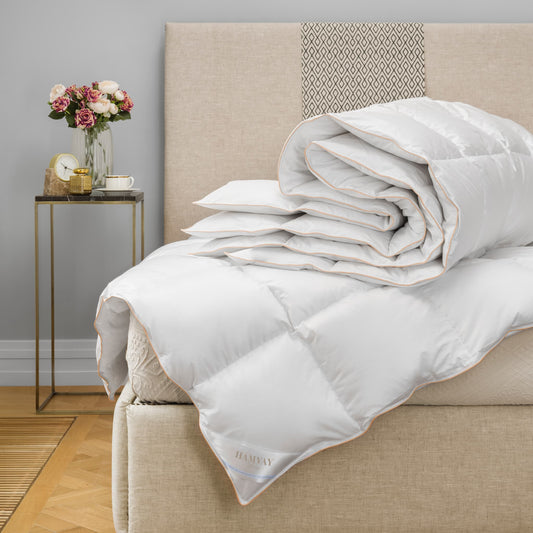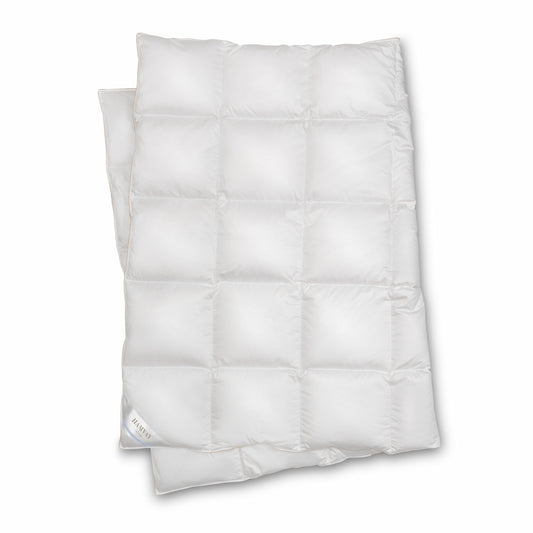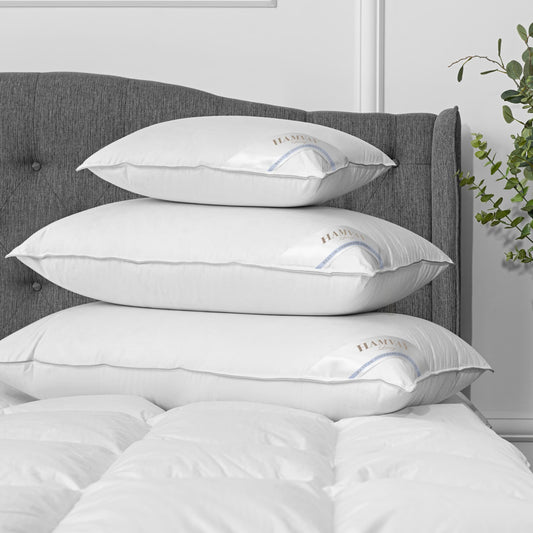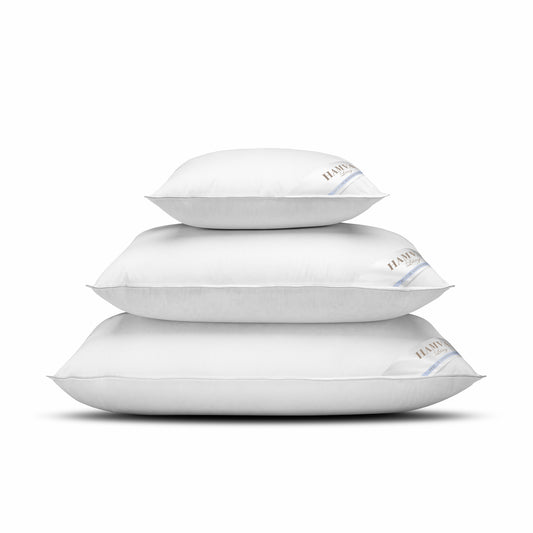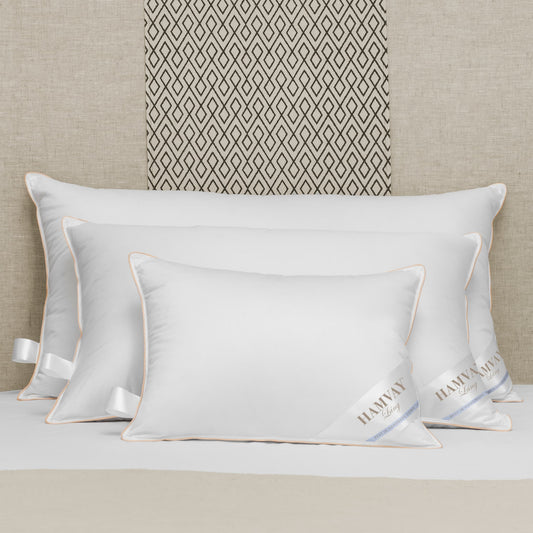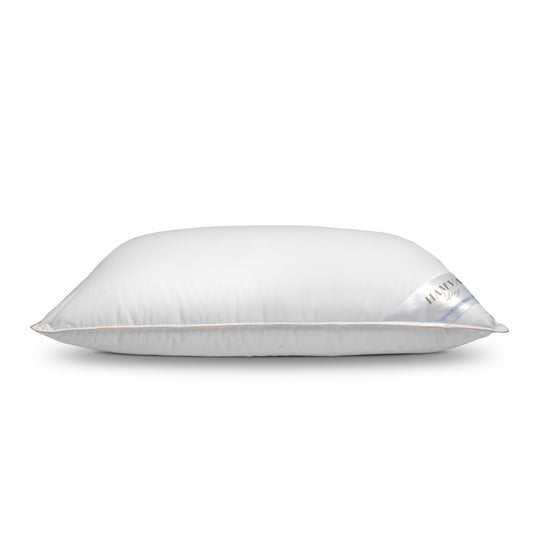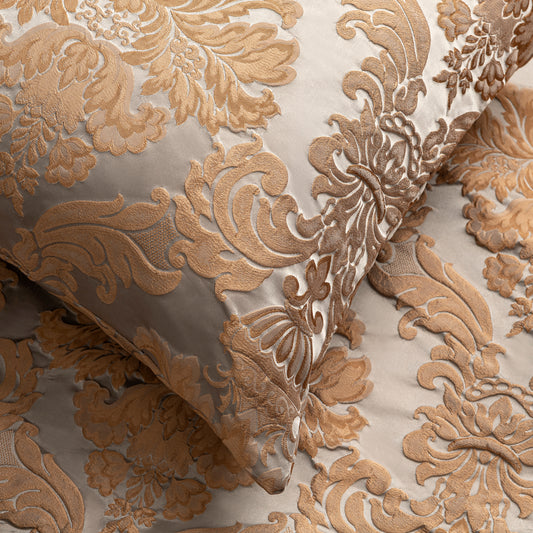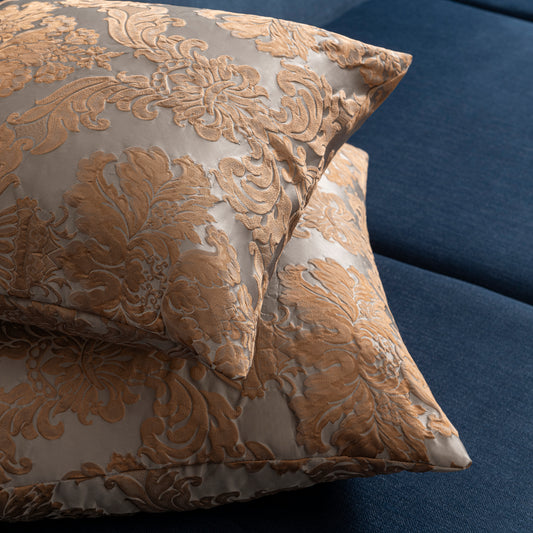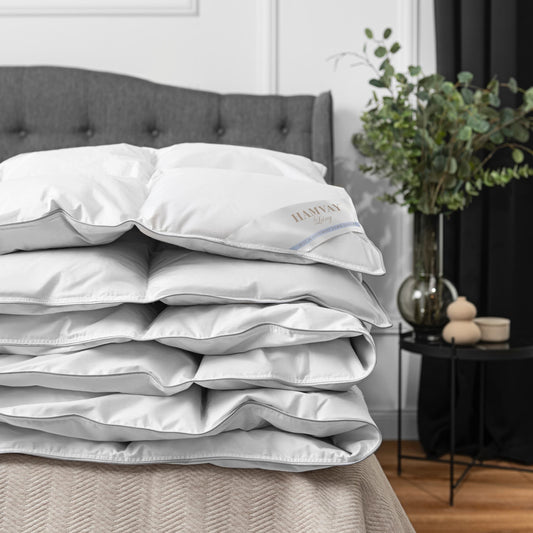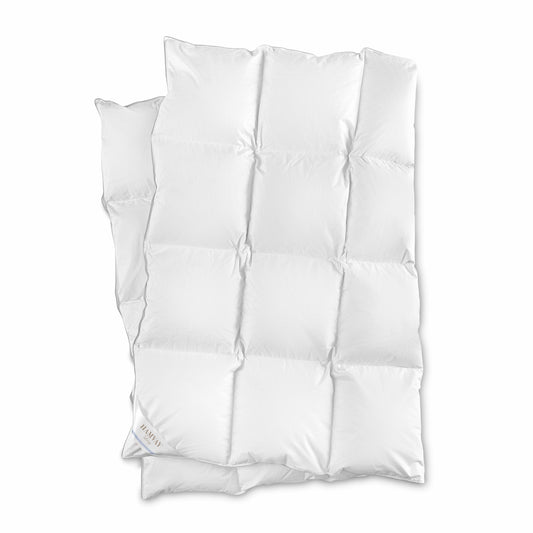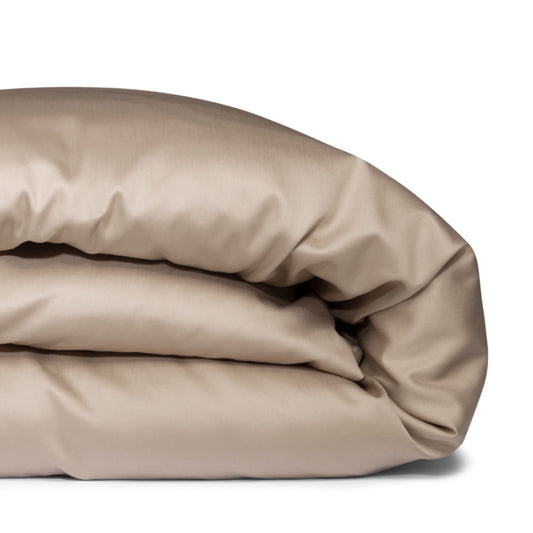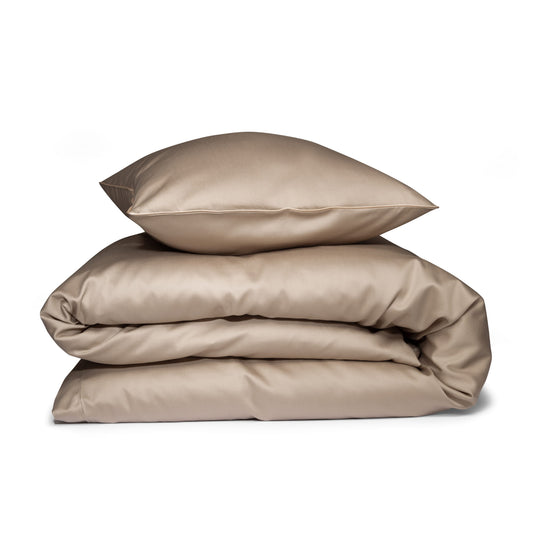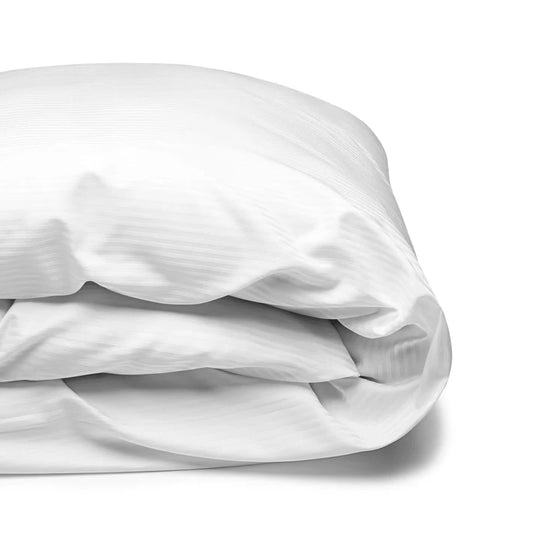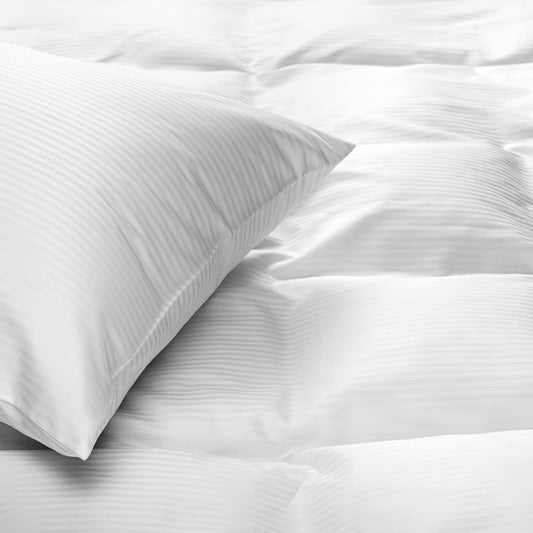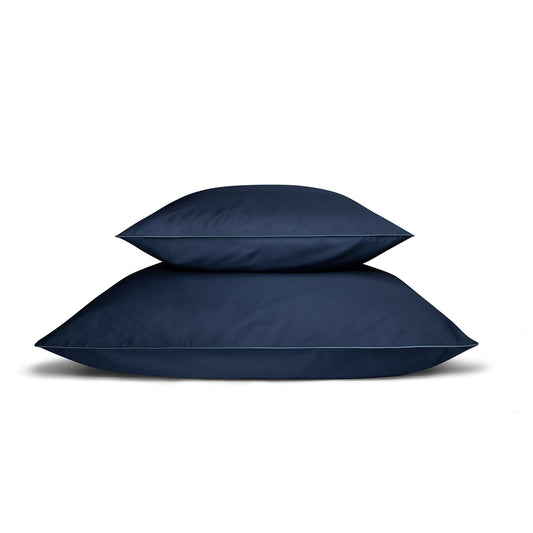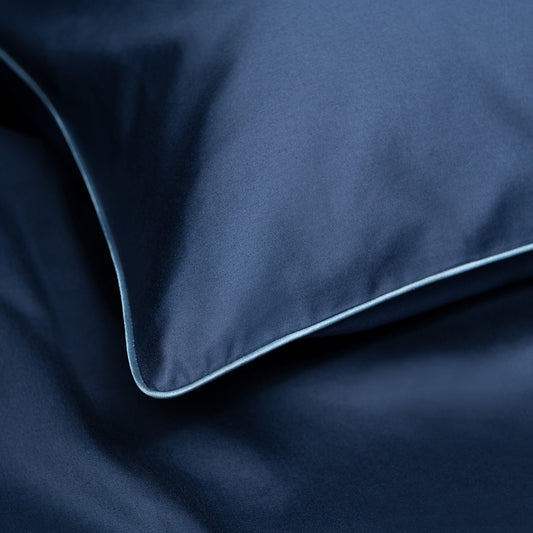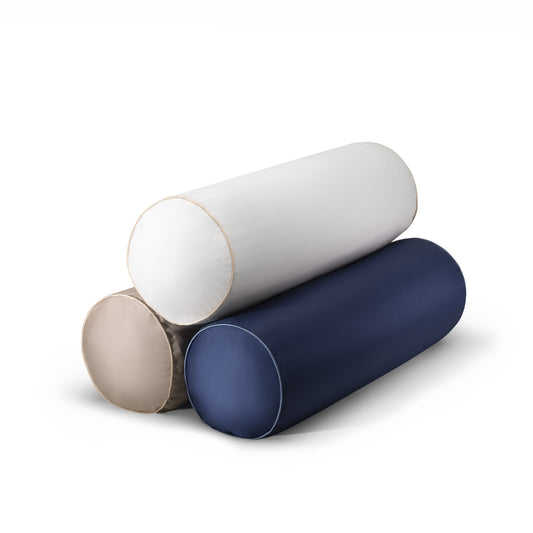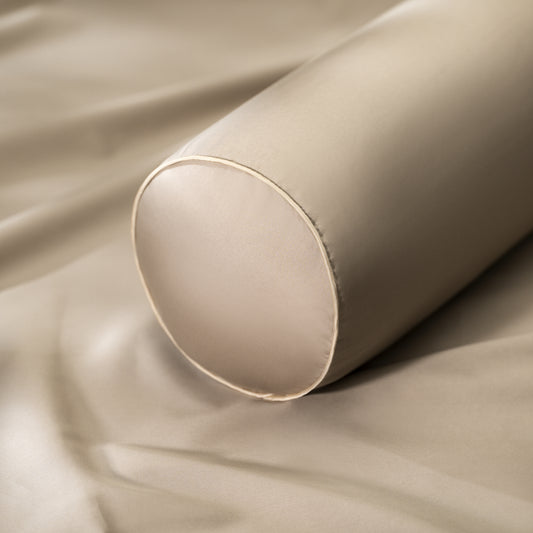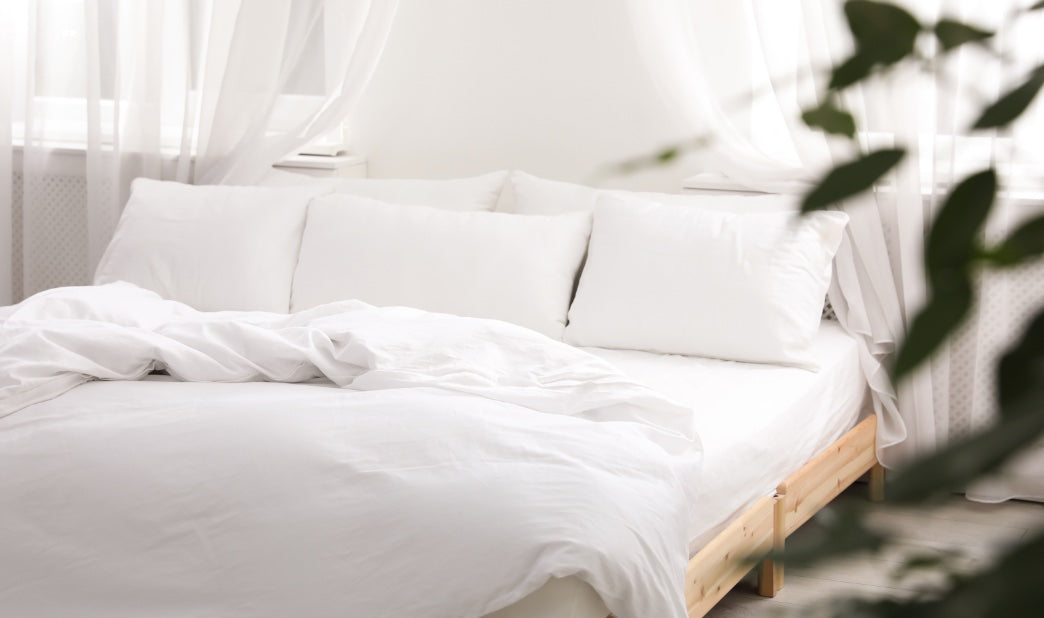
What’s the Difference Between a Duvet and a Comforter?
Share
Many people use the terms duvet and comforter interchangeably and it’s normal for people to confuse the characteristics of each bedding item. While a duvet is more common in Europe, a comforter is a preferred option for American shoppers. But this is only one of many of their differences. In all that bedding confusion, you might wonder: “What’s the difference between a duvet and a comforter?” This article talks about all the major distinctions between a duvet and a comforter!
Basic Parts of Bedding You Need to Know
Parts of Bedding
- Sheets
- Pillows
- Bed Toppers
Popular Bed Toppers
- Quilts – a type of bedding consisting of the top, batting, and bottom layer
- Comforters – thick bedding filled with synthetic fibers or down
- Duvets – Europe’s most popular bedding type, most praised for its warmth and comfort
- Bedspreads – single-layered topper for covering the bed
What Is a Duvet?
Duvet is a bedding type consisting of a layer of fine feathers resting under exterior geese and duck feathers. The word “duvet” means “down” in French, reflecting the traditional bed-filling material that originated in Europe.
Many people use the word “duvet” when they refer to a duvet cover. But technically, the duvet is more like a comforter, while the cover is the envelope used to protect the duvet.
Duvet is a popular bedding piece in Europe but has also gained popularity across the U.S.
The basic characteristics of a duvet are:
- Fillings: The filling makes the duvet feel fluffy. Popular fillings include down, feather, down and feather, wool, silk, microfiber, hollow fiber, and recycled fiber.
- Fill power: Fill power is a measurement of the volume that the down or feathers fill in the duvet. Fill power refers to the insulating ability of the filling. The higher the fill power, the more airy and breathable the duvet is. You might also find this expressed as a TOG rating, usually between 1 and 15. Duvets with higher tog ratings retain heat better.
- Fill weight: Fill weight is the measure of the weight of the filling. But heavier duvets aren’t always warmer.
What Is a Duvet Cover?
A duvet cover is a flat and soft casing that slips over the duvet, similar to a pillowcase over a pillow.
The best way to put on a duvet cover is to flip it inside out, then lay the duvet on top and roll the duvet and cover together, starting at the head of the bed. Finally, invert the cover opening around the ends and unroll in the opposite direction.
It’s important to keep the duvet from shifting inside the duvet cover. When the cover is too big, the duvet can move around more often. The first thing to do is ensure you have the right size duvet cover for your duvet bedding. Some duvets have built-in ties you can tie to the cover to hold everything together.
Duvet covers help duvets stay clean since they’re the point of contact with the sleeping person. They’re also usually machine-washable and reduce how often you have to wash the duvet itself.
What Is a Duvet Coverlet?
Duvet coverlets contain two fabric layers to provide extra warmth in the winter months or to complement a duvet. They are lightweight and come in various designs, materials, and patterns.
What Is a Comforter?
Comforters originate in America, and they are made to be used as-is. There’s no need to purchase an additional cover since they are already built-in. However, some people use a top sheet as a barrier to prevent the comforter from getting dirty too soon or slip it inside a duvet cover.
A comforter is the most popular bedding element for harsh winters and is often paired with blankets during the coldest season. It also remains more popular in North America. but has slowly spread to other regions.
The basic characteristics of a comforter are:
- Fillings – wool, cotton, or down
- Thread count – the number of threads per square inch of a material
- Shell – cotton, silk, or a blend of materials

The Main Difference Between Duvet and Comforter: Everything You Need to Know
Type of Bedding
A comforter is a one-piece bedding element, while the duvets typically have duvet covers to complement them. At their core, duvets are usually made from down or feathers, while comforters lean more towards other materials.
Size
Duvets are usually more fluffy, but comforters are typically larger. A comforter is made to hang over the bedsides, while duvets fit the mattress size. However, it’s always best to check the manufacturer’s size for each bed type because the size can vary from one brand to another.
Weight
Duvets come with different fill weights to achieve different warmth levels. The fill weight is measured in “gsm,” which refers to the filling weight in grams per one square meter.
Comforters usually vary in weight depending on the fill. However, due to extreme variance in the filling, you can’t accurately gauge how warm a comforter is by its weight.
Price
The prices for duvets and comforters usually depend on the material. Comforters are often more affordable because they don’t require separate covers. However, duvets may be more budget-friendly in the long run because a less expensive cover protects the structure and prolongs the duvet’s lifespan.
Care and Washing
The care instructions for both bedding pieces again depend on the material. Many duvets need special care, like a spot or dry clean only, while some can be washed in a washing machine. The same goes for comforters. However, a comforter is often bulkier and may not always fit a washing machine. Duvet covers are usually machine-washable.
Durability
High-quality fill duvets with more than 300 thread count are some of the most durable ones. A comforter’s durability mainly depends on the materials and maintenance levels. Comforters are prone to get dirty more often given that they don’t have a cover, and too much laundering makes them go flat. For added durability, it’s recommended to cover the comforters.
Personal Style
As far as design is concerned, comforters add layered looks to a bed. They can be placed on top of the top sheet and pair well with pillowcases and sheets. However, duvets are simpler and have a cleaner look. No hanging on the side is present in duvets because they fit the size of the mattress.
Color
Duvets may be more flexible in terms of colors, thanks to the many duvet cover designs. A regular duvet is usually white, but the covers come in all colors. You can change the colors and style of the cover every season, while comforters are harder to customize. However, comforters also come in different prints and colors.
Warmth
Duvets are usually thicker and warmer compared to comforters. The cover materials and the fill can affect the warmth levels. Comforters are less warm because they are thinner in structure, making them a better option for year-long use. In winter, comforters pair well with additional blankets.
Duvet vs. Comforter: How to Choose the Right One?
It’s worth considering the pros and cons of each bedding piece to help you choose the best one.
Duvet Pros and Cons
Pros
- Cozy and comfortable feel
- Easier to clean and maintain when used with covers
- Owners can change its looks by replacing duvet insert covers
Cons
- Covers are purchased separately
- The insert may come shift
- Filling clumps up
Comforter Pros and Cons
Pros
- Multiple style options and patterns
- Can be bought in matching bed sets
- Don’t require often washing like blankets
- Among the warmest solutions available
Cons
- Not all are machine washable making them more difficult to clean
- Can flatten over time
The best way to choose which bedding is best for your bed is to consider factors like:
- Stuffing material – go for cotton and silk for summer and wool or down for winter comforters. Consider the average temperatures in your city to help you make a decision.
- Thread count – High thread count amount equals a softer blanket. Ideally, go for a comforter with a thread count from 300 to 500.
- Size – Pick the right size by going for a comforter that is up to 15 inches longer than the bed size. It’s always best to check the label because the size can vary.
You may like duvets better if you’re after a plusher feel and would rather customize the look of your bed more often. On the other hand, the comforter is a better solution if you’d rather not deal with the covers and prefer to buy your bedding as a one-piece set.
What’s the Difference Between a Duvet and Comforter: Solved
Both duvets and comforters are some of the most popular bedding options for most weather seasons. Although often used interchangeably, choosing one over the other can affect sleep quality and comfort. Both options come in multiple sizes, fillings, and price points, so you can find the option that will provide the best value for your bedding preferences.


